Verbs Menu Comments
Action Verbs
Action Verb - Use an action verb (describes the action the subject performs) here.
Other Verbs
Linking Verb (state of being) - Use an linking verb (describes a state of being) here (i.e., am, are, is, was, or were).
Linking Verb (link subject with descriptives) - Use a linking verb (link the subject to descriptive words) here (e.g., a form of act, appear, become, feel, get, look, remain, seem, smell, sound, or taste).
Helping Verb (tense) - Use a helping verb that communicates tense here (e.g., have, had, has been, etc.).
Helping Verb (negative structure) - Use a helping verb that communicates negative structure here (e.g., do not, is not, are not, etc.).
Helping Verb (question structure) - Use a helping verb that communicates question structure here (e.g., do, does, or did).
Modal Verb Forms (Present) - Use a modal helping verb (indicates ability (e.g., can), obligation (e.g., must), possibility (e.g., may, might, or could), or advice (e.g., should)) here.
Infinitives - Use an infinitive (i.e., 'to' plus a bare form of the verb) following this verb.
Gerunds - This verb should be followed by a second verb with -ing added.
Prepositions - If the object of a preposition is a verb and that preposition immediately follows a verb add -ing to the prepositional verb.

